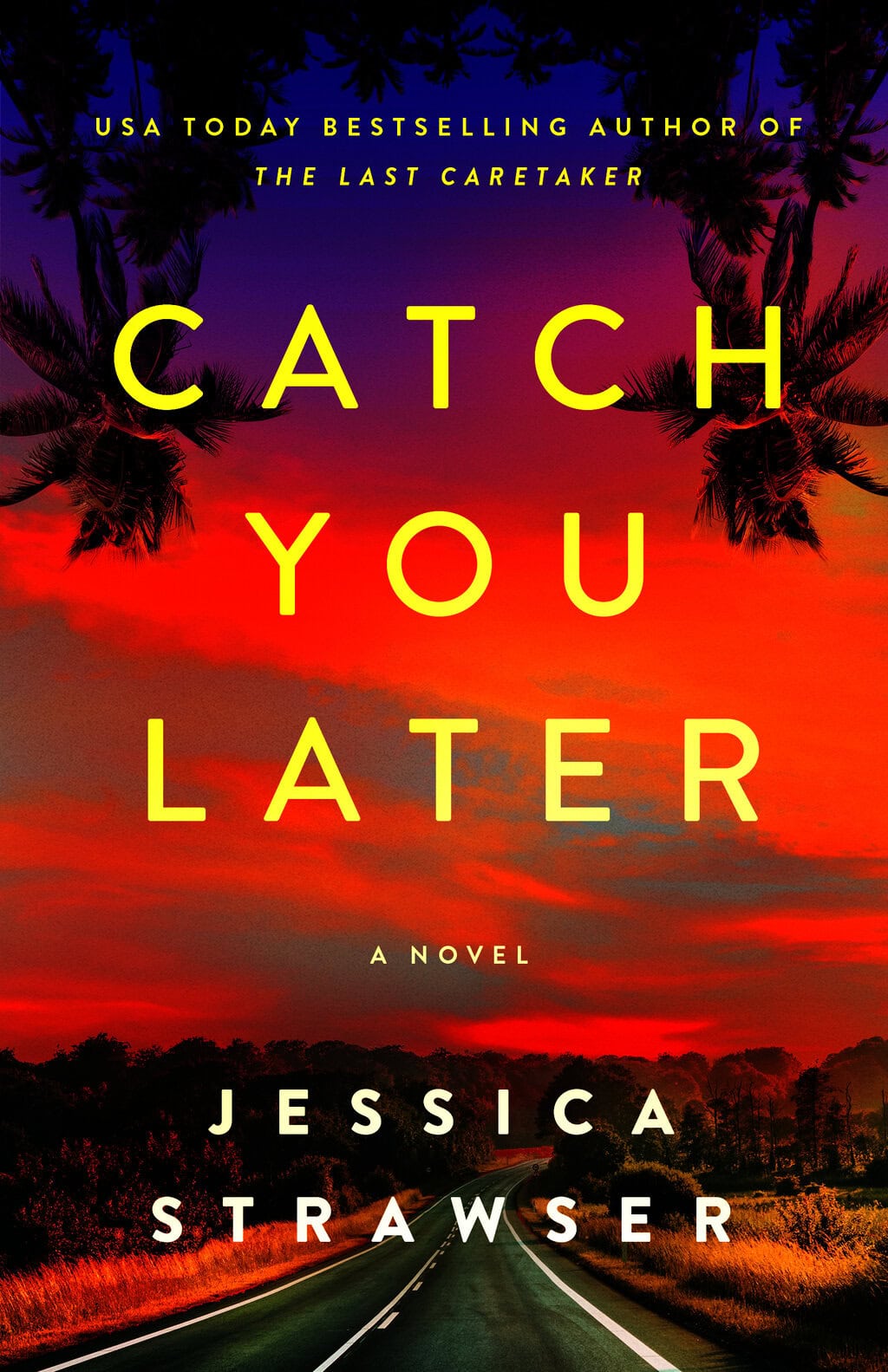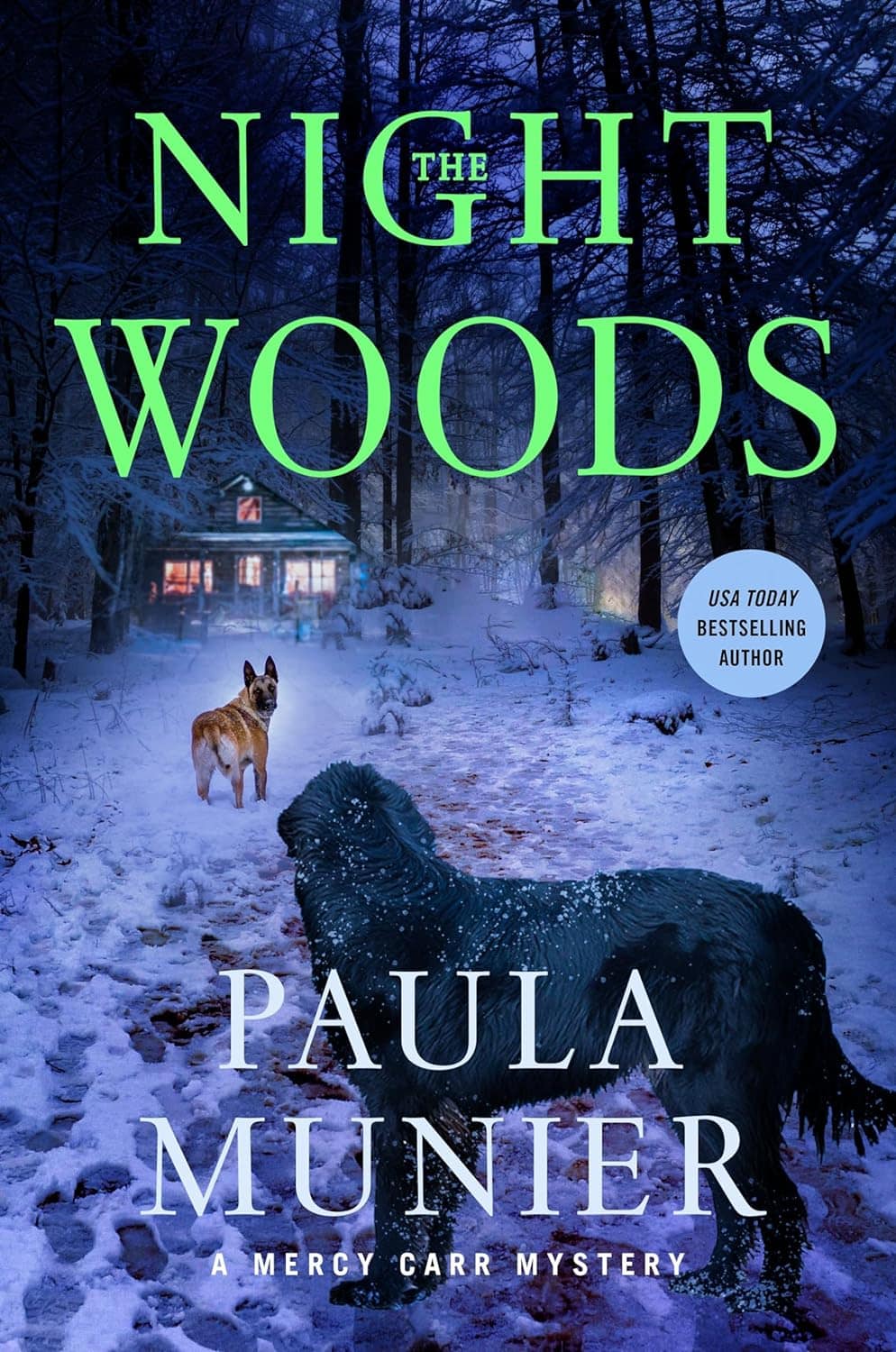Multiple points of view for a fictional narrative are potentially fun and engaging for both the reader and the writer. This holds true whether more than one character is featured in first person, or multiple characters’ voices come through independently in close third person. But there are pitfalls to that structure, which the following tips are intended to help you avoid. They are the “3 Rs”: Reasons, Rhythm & Remembering the Reader.
Reasons & Rhythm
I’ve paired the first two “Rs” since “Reason” strongly influences “Rhythm.” Be clear about the reason (why) you have chosen to employ multiple points of view. Then decide on the rhythm (how) you will allocate the POVs to fit that goal.
An ensemble cast
Your story may feature several protagonists, each with a narrative only they can fully tell. Think of a TV show like Friends, where one episode or arc focuses on Rachel, and another on Monica; there is no single “lead.” An ensemble cast lends itself to a regular rotation, where “blocks” (units where breakpoints occur)—whether sections or chapters—signal a change in POV, and these alternate with a steady tempo.
Needs must
Your lead character might not be able to reasonably possess and share with the reader key information, but another character can. For example, your villain might be planning something BIG and nefarious that you want your reader to be worried about, but you don’t want your protagonist to know (yet). This can be solved by providing the reader a glimpse (a paragraph or two) of what the bad guy is thinking in the bad guy’s voice, and then after a scene break returning to the protagonist’s voice and his/her enduring plight. (Lee Child uses this to great effect in a number of his Jack Reacher thrillers.)
The voices in your head
The story may come to you, organically and internally, from several characters’ points of view. If that’s the case, it makes sense for you to write it that way, with handoffs between characters occurring in whatever (almost) random fashion they dictate to you in your imagination. But if your multiple POVs come to you in this manner (as do mine), note they still may benefit from guardrails. See below.
Remembering the Reader
The greatest risk of employing multiple points of view is losing your reader’s attention by making it too much work for them to follow the main thread of your story; or, since they spend less intense time with each one, weakening their attachment to the characters such that their investment in the story— their desire to see the character(s) “succeed”—is attenuated. Either one or both together could cause your reader to put the book down. And not return to it.
So, at the end of each draft (or more often, as appropriate), put yourself in the reader’s shoes and:
Make sure each voice is easily distinguishable
Each character must be fully fleshed-out, robust and distinct so that your reader can follow the jumps in perspective without getting confused or disinterested. Doing a cradle-to -grave (or as long as they are in the book) bio for each one of your characters as a tool (off the page) can help with this.
Provide a sub-heading to the chapters or sections when there is a change in the POV
This will help to prepare and orient your readers. It’s typical to provide the narrator’s name, but you could also give the setting. For example, if Dominique has a store downtown, putting Downtown below the chapter number will let the reader know they’re about to spend time with Dominique.
Be sure each POV appears often enough for the reader to connect with them
This is true even when one character (often the villain) is given dramatically less time for storytelling than the protagonist. Don’t put them in chapter 3 and then not again until chapter 47 or the reader might not only feel disoriented, they could feel cheated, suspicious that they’ve missed a lot in between, or that you did that because it was the only way to convey the needed information.
If you already write from multiple points of view, I’d love to hear your tips on what makes it work for you. If this approach is new to you, I hope the “3 Rs of Multiple POVs” is helpful. Let’s talk about it on the Career Authors Facebook page!
 Kris Calvin is the author of the thriller novel, ALL THAT FALL (April 13, 2021; Crooked Lane Books). She served for more than 20 years as the CEO of the American
Kris Calvin is the author of the thriller novel, ALL THAT FALL (April 13, 2021; Crooked Lane Books). She served for more than 20 years as the CEO of the American  Academy of Pediatrics, and was honored for her leadership in advocacy for children by the California Legislature and Governor’s office. In addition to writing thrillers and mysteries, she teaches and consults in organizational dynamics, strategic planning and nonpartisan advocacy training. You can visit Kris online at kriscalvin.com.
Academy of Pediatrics, and was honored for her leadership in advocacy for children by the California Legislature and Governor’s office. In addition to writing thrillers and mysteries, she teaches and consults in organizational dynamics, strategic planning and nonpartisan advocacy training. You can visit Kris online at kriscalvin.com.
Photo credit: Andy Wallace Photography





